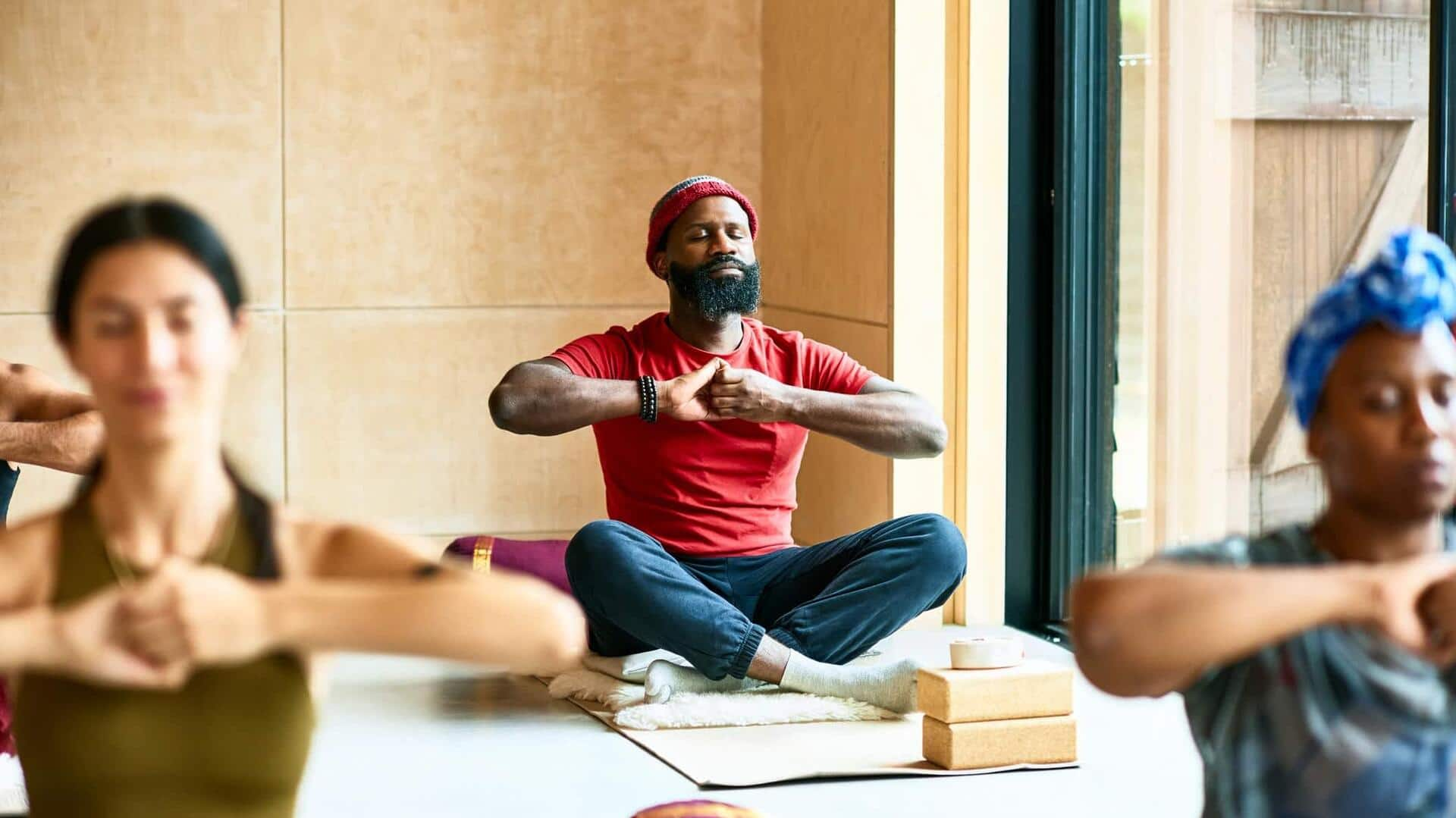
What exactly is progressive relaxation technique?
What's the story
Progressive relaxation is a technique that helps you relieve stress by systematically tensing and then relaxing different muscle groups in your body. It is a simple yet effective way to promote physical and mental well-being. By focusing on the sensations of tension and relaxation, you can learn to recognize and reduce stress responses. Here are five beginner-friendly ways to practice progressive relaxation.
Tip 1
Start with deep breathing
Before you start progressive relaxation, take a few minutes to focus on deep breathing. Inhale slowly through your nose, allowing your abdomen to expand fully. Hold your breath for a moment before exhaling slowly through your mouth. Deep breathing calms the nervous system and prepares your body for relaxation exercises by increasing oxygen flow and reducing tension.
Tip 2
Tense and relax your feet
Begin the progressive relaxation process by focusing on your feet. While sitting or lying comfortably, curl your toes tightly for five seconds, then release them slowly. Pay attention to the sensations as the tension fades away. This exercise helps you become aware of muscle tension and teaches you how to let it go effectively.
Tip 3
Move up to calves and thighs
Once you've relaxed your feet, move up to your calves and thighs. Tighten these muscles by flexing your ankles upwards (for calves) or pressing downwards (for thighs) for five seconds before releasing slowly. Notice how each muscle group feels when tense compared to when relaxed; this awareness aids in recognizing stress patterns in daily life.
Tip 4
Focus on abdomen and chest
Next, shift focus towards abdomen and chest muscles. Inhale deeply while expanding these areas as much as possible; hold briefly before exhaling slowly while letting go of any tightness in these regions. This exercise not only promotes better breathing but also enhances overall bodily awareness, contributing significantly towards achieving a state of complete tranquility.
Tip 5
Relax shoulders, arms, hands, neck, face
Finally, pay attention to shoulders, arms, hands, neck, and face. Raise shoulders towards ears, hold briefly, then let them drop naturally. Extend fingers outward, hold, then release. Clench fists tightly, hold, then relax. Tilt head gently side to side, hold, then release. Smile wide, hold, then relax. Each step brings you closer to a peaceful state of mind.